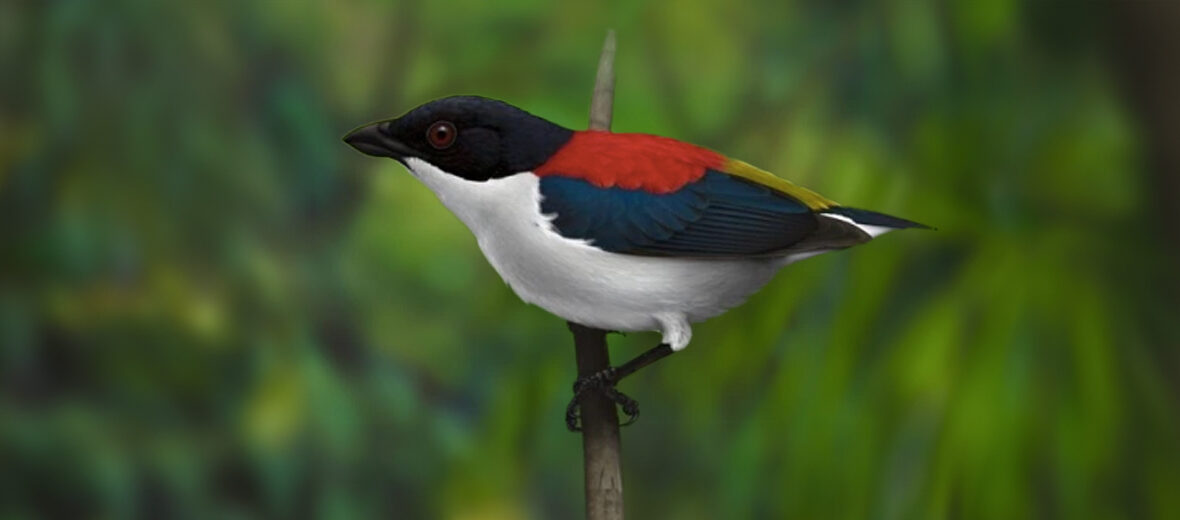
The Cebu flowerpecker is endemic to Cebu Island in the Philippines. These passerine birds were thought to be extinct in the early 20th century, until 1992 when a population was rediscovered in a patch of limestone forest in the Central Cebu Protected Landscape. Since that time they have been found at 3 other locations: the Nug-as forest of Alcoy, the forests of Dalaguete, and Mount Lantoy of Argao. These birds face many threats such as habitat loss and destruction at the hands of residential and commercial developments, mining, quarrying, and illegal logging; habitat division at the hands of roads and railroads; invasive species, which result in predation and competition for food; and climate change, which causes flooding. These birds are listed as Critically Endangered by the IUCN.
First the Stats…
Scientific name: Dicaeum quadricolor
Weight: Up to 2.80 ounces
Length: Up to 4.72 inches
Wingspan: Up to 6+/- inches
Lifespan: Unknown
Now on to the Facts!
1.) Their decreasing populations consist of less than an estimated 105 wild individuals, and their populations are decreasing.
2.) Small fruits and mistletoe plants make up the bulk of their diet.
3.) They prefer closed forest canopy habitats that contain flowering or fruiting plants, in the interior and outskirt ranges of the forests.
4.) Cebu flowerpeckers are diurnal (active during the day), primarily between 9am – 1pm to avoid being harassed and even bullied by other birds.
5.) Even though they don’t often call, the sound they produce is similar to the pygmy flowerpecker.
But wait, there’s more on the Cebu flowerpecker!
6.) Penalties for hunting these birds are immediately dealt with.
7.) Conservationists are actively pushing for the application of educational and awareness programs in Cebu, since the local villagers are mostly to blame for the habitat reduction and resource depletion.
Did you know…?
Deforestation is their primary threat, as it severely reduces their available food.
8.) Females lay up to 4 eggs in a purse shaped nest.
9.) Eggs hatch in up to 12+ days.
10.) There is only an estimated 0.03% of the original forest cover remaining to date.
Now a Short Cebu Flowerpecker Video!
Be sure to share & comment below! Also, check out the Critter Science YouTube channel. Videos added regularly!
Want to suggest a critter for me to write about? Let me know here.
Some source material acquired from: Wikipedia & IUCN
Photo credit: Tomasz Cofta



